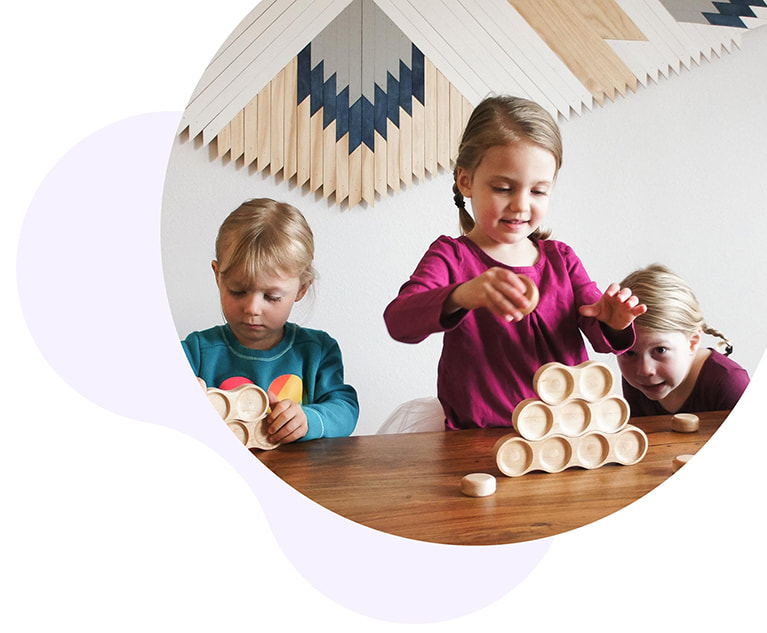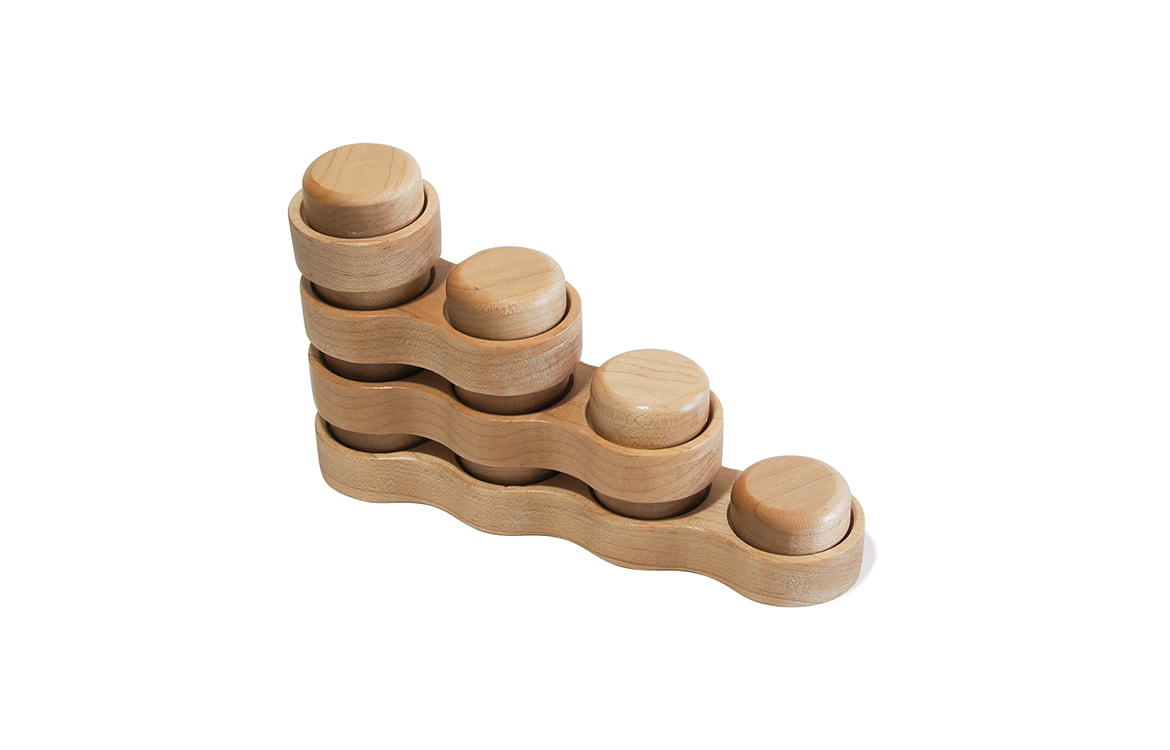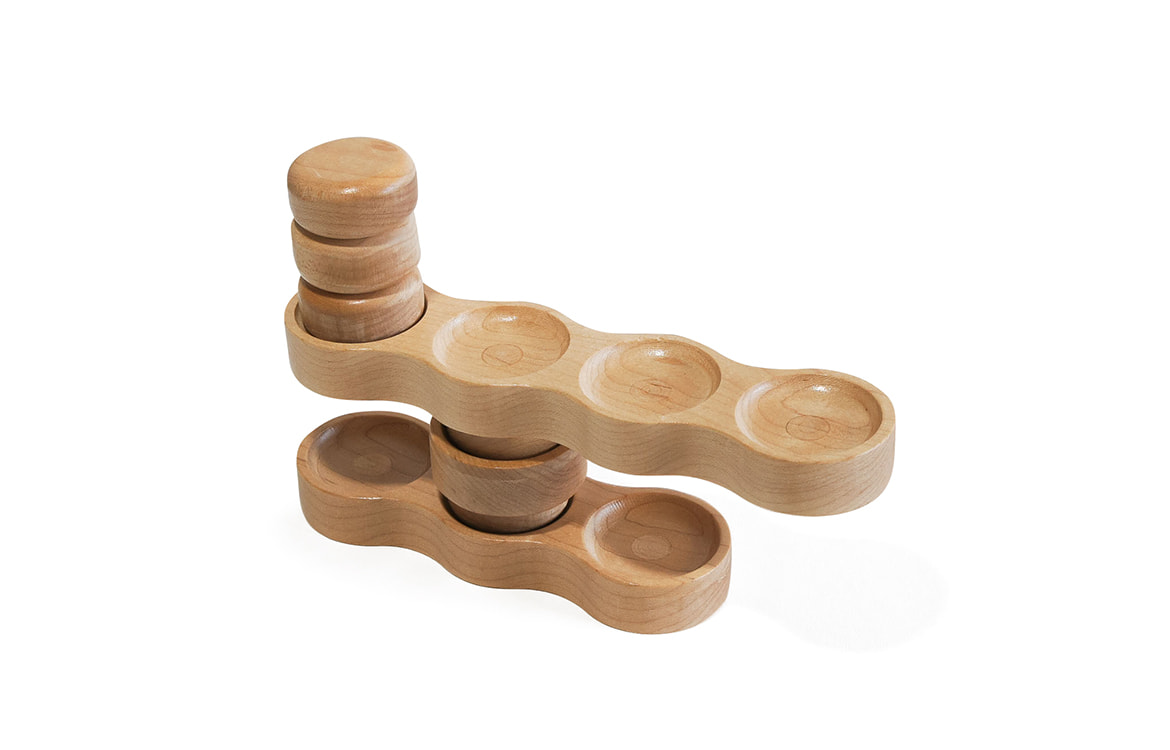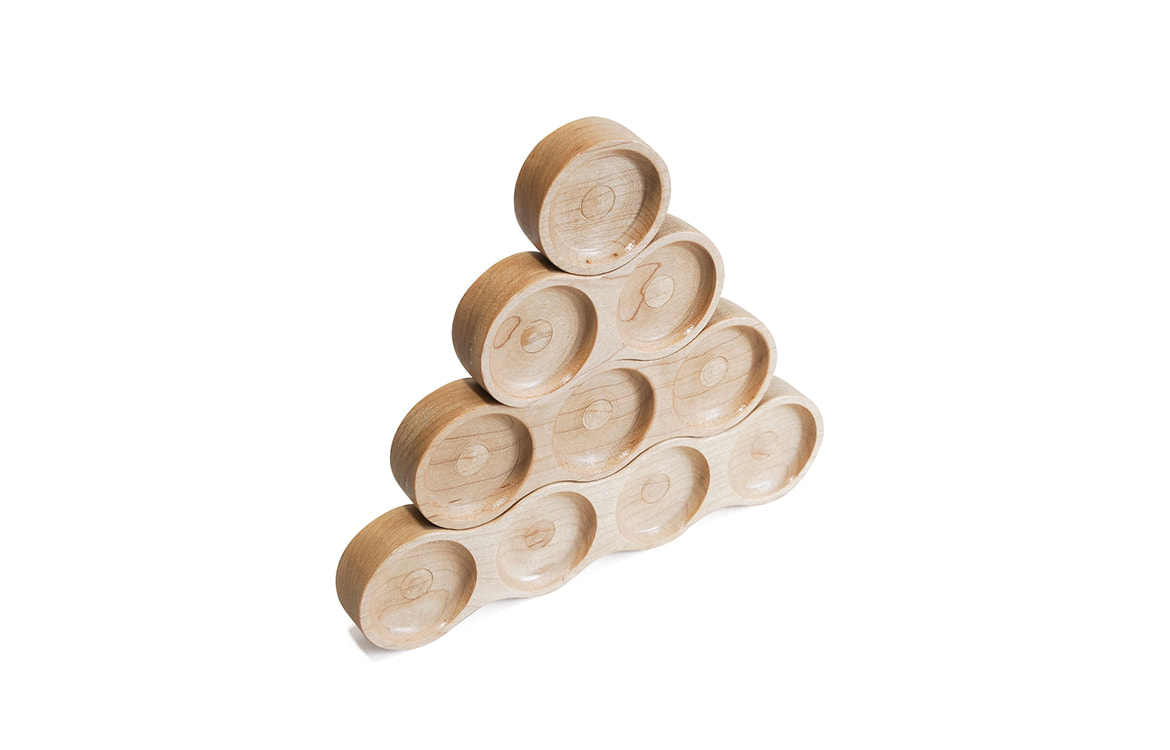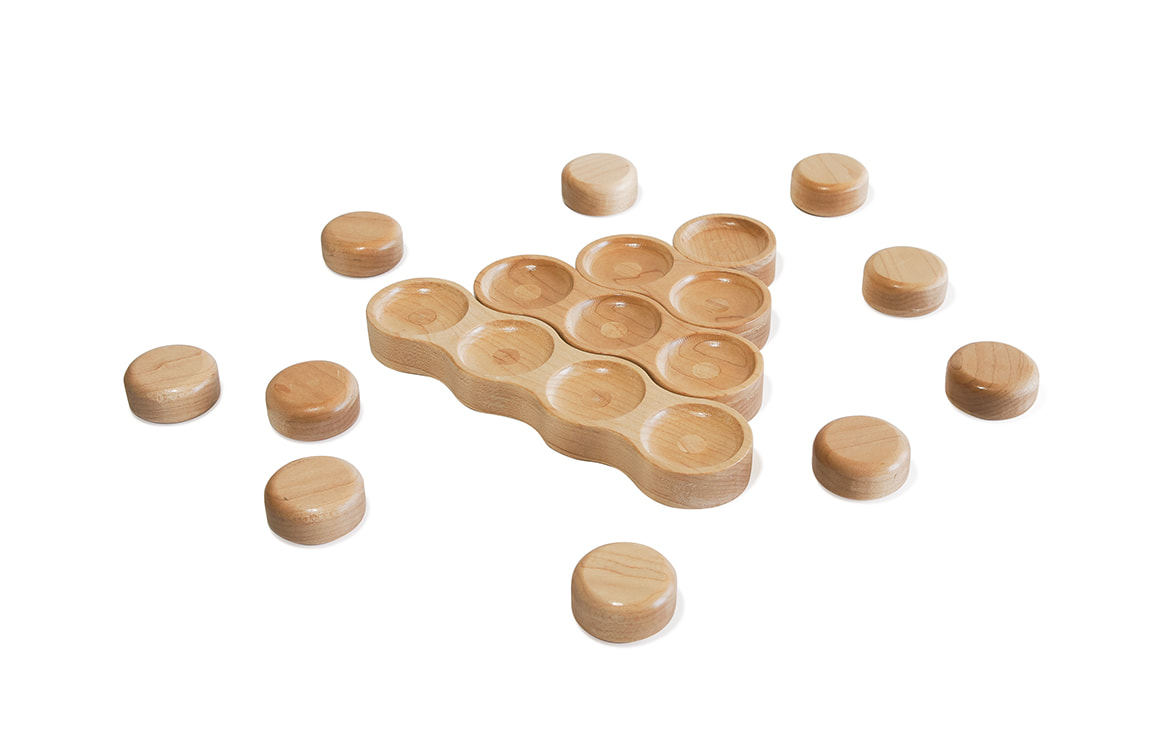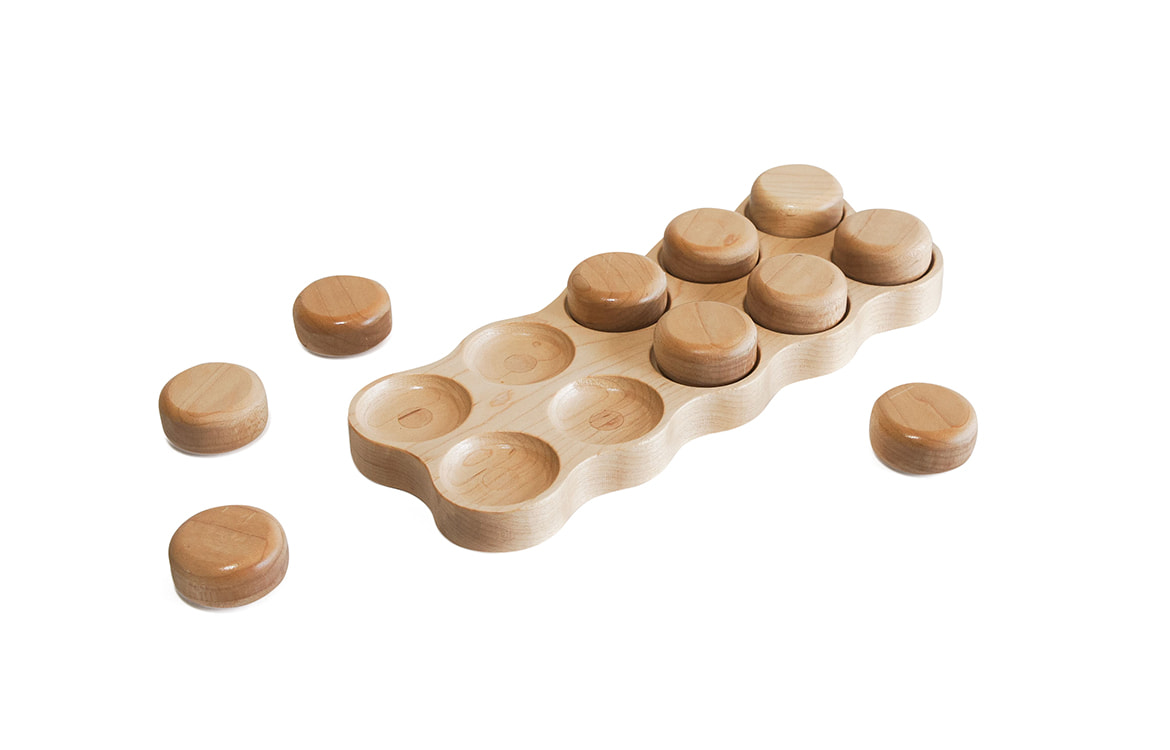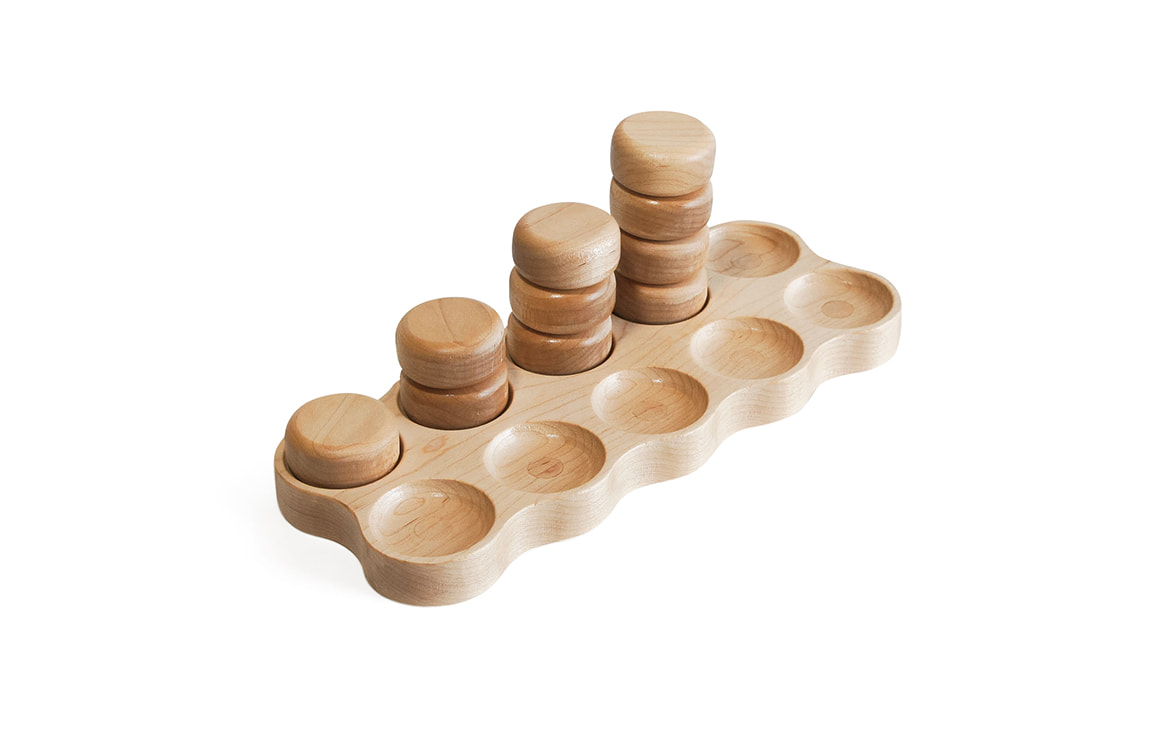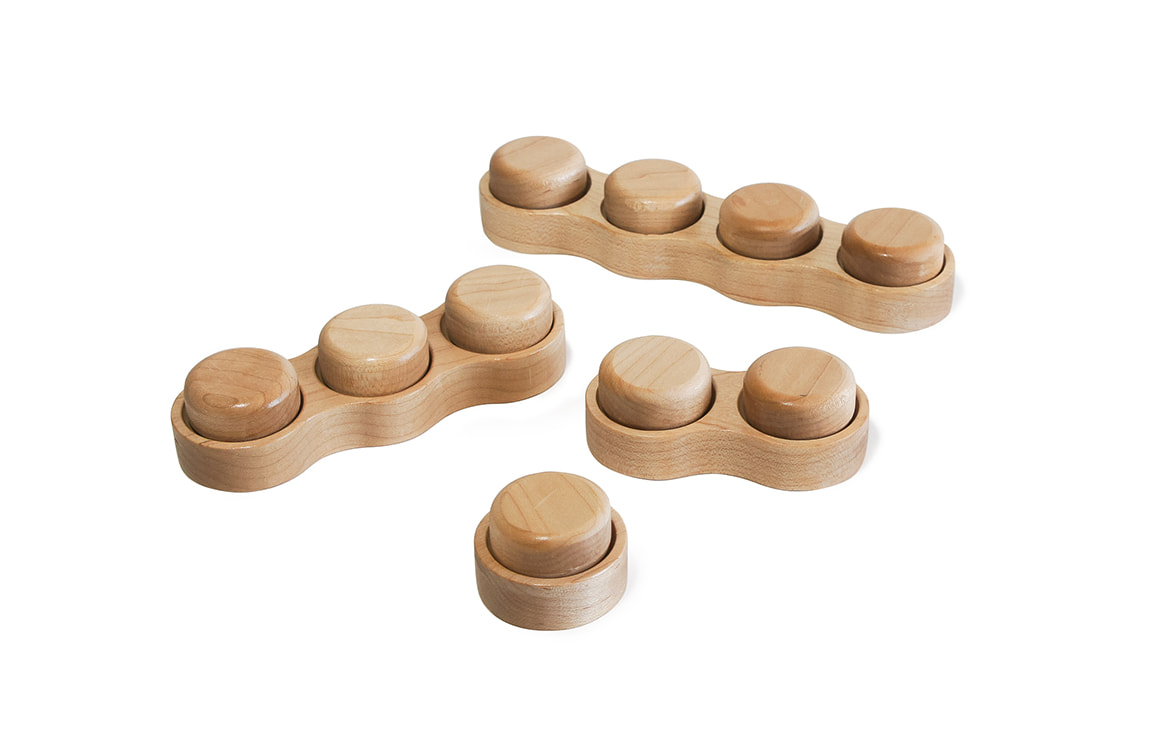Our Story
When my daughter Violet was a few months old, I asked myself, “At what age can I begin teaching her math?” With this question in mind, I began researching early numeracy education, with a focus on the use of math manipulatives. The following quote from Bouchard (2012) stood out.
"Being that math is a cumulative subject where new skills are scaffolded from knowledge of previous skills, special attention should be given to promote the proper fundamentals of early numeracy skills, prior to kindergarten."
And this next quote from Duncan et al (2007) blew my mind!
"...math and reading skills at the point of [Kindergarten] entry are consistently associated with higher levels of academic performance in later grades."
Not only is it possible but it is critical that we begin teaching our children numeracy in Preschool and possibly even earlier, Shanmugam & Kin (2014).
I looked for math manipulatives on the market and discovered a number of products; foam 10-frames, Rekenrek & RekenRods, Cuisenaire rods, base-10 blocks, among others. Some of these products covered numeracy concepts more comprehensively than others, but a common theme emerged; few of these products were intended for families with Preschool-aged children and most of these products present choking hazards to children under three years old. I suspected there might be a market opportunity for a toddler-safe math manipulative specifically designed with under-3s in mind that could introduce these fundamental number sense concepts in an engaging and playful way. So, I set out to design such a manipulative for my daughter Violet, with an aspiration of turning it into a product for families and schools.
In my design process, it became clear that math manipulatives could be effective tools for modeling and teaching abstract concepts like the four operations and fractions. Traditionally, these concepts are not taught in Preschool and are reserved for Kindergarten and beyond. Furthermore, the academic research I was reading pointed to the cumulative nature of these concepts; children build new knowledge of numeracy upon concepts previously learned. And, as number sense is a precursor to higher order math skills and concepts, I became determined to design a product that could lead a child through the acquisition of these numeracy concepts and skills, starting before Preschool and continuing into primary education.
After three years of development, I have arrived at a modular manipulative system that can be used by learners across a range of ages and skill levels. In our tests, children as old as eight have been enthralled building with Kontu. The system can be used to help children develop knowledge of number composition/decomposition, cardinality and of course counting but also place-value, the four operations, and fractions. Children can also engage with other skills building such as geometry and spatial reasoning. And now, through continued testing with educators and families, the true nature of what we have created has become clear. The applications are broader than math alone. Kontu helps children, with guidance from family and educators, acquire STEM knowledge and skills through experimentation and playful investigation.
With Gratitude,
Patrick Greenwood
Founder & Inventor of Kontu
